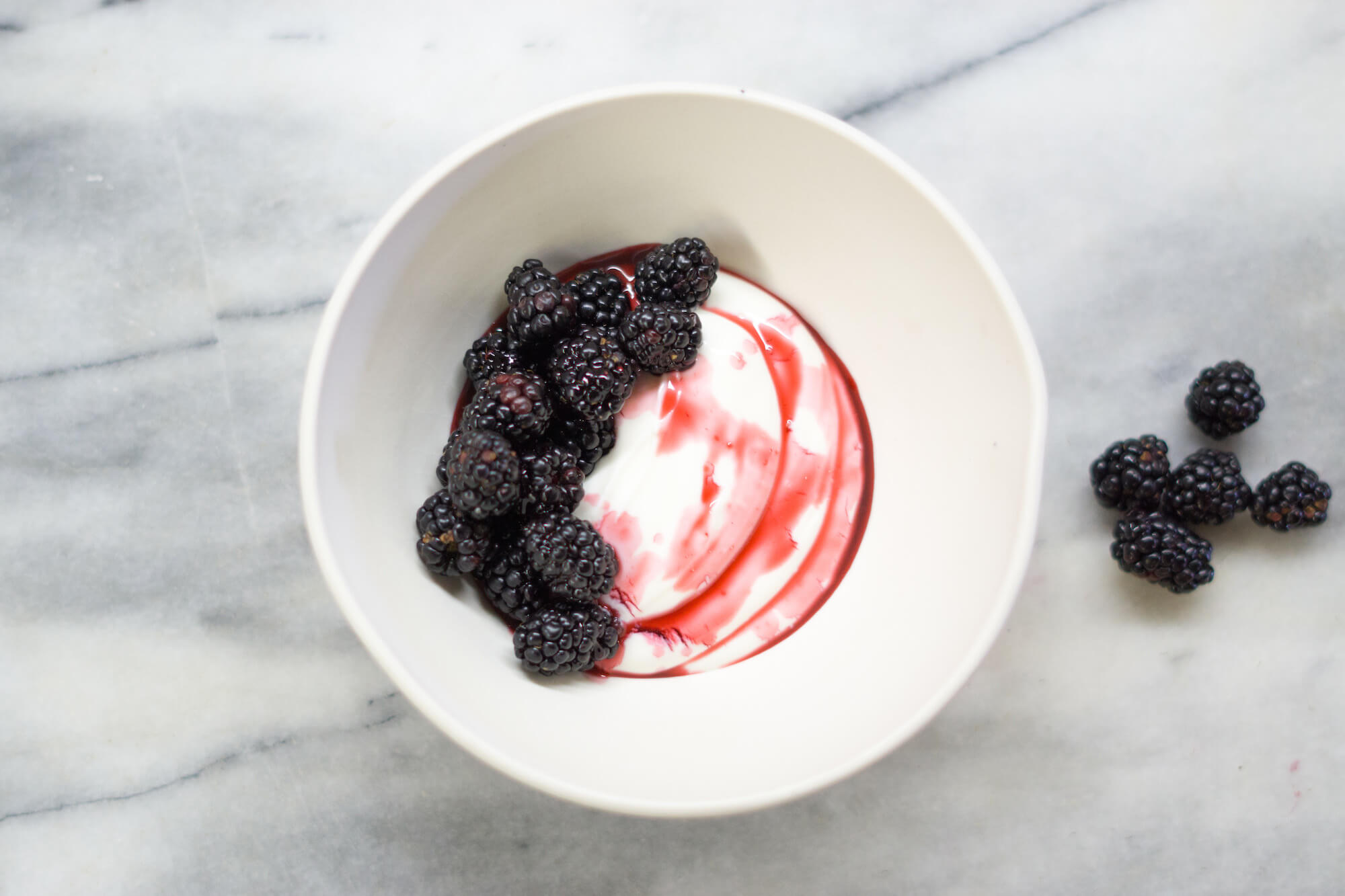Icelandic Skyr
Dairy has been an important part of the Nordic diet for many generations.
Raising animals provides meat, dairy, and physical elements like wool and fat. During the long winters, animals provided a sort of backup food plan and both meat and dairy are easy to store for winter.
Dairy most often came from cows but sheep, goat, and even reindeer milk was also collected. Milk was both drank fresh and used for cooking, while cultured dairy products like cheese and yogurts provided a way to store dairy for longer periods of time.
Most importantly, dairy provided high levels of fats and proteins that proved to be a vital and essential part of the Nordic diet, especially through the long, dark winters.
Even today, long after the invention of the refrigerator, preserved dairy products still play an important role in Nordic cuisine.
One of the oldest dairy recipes to still be eaten in the Nordic would be Icelandic Skyr. With a history at least a thousand years old, skyr originally came from Norway and was brought to Iceland by the island's first settlers.
Some of the earliest references to skyr are found in the Icelandic Sagas of Egil and Grettis though we have no real way of telling how similar modern skyr is to these ancient recipes.
That is a key point. It is only when we carefully pass down recipes or write them out in detail that we can truly preserve them.
Skyr was once eaten in Norway and yet at some point, the recipe died out. It was only thanks to the continued popularity in Iceland that this ancient recipe has survived at all.
Since being "rediscovered," skyr can now be found throughout the Nordic region and has even become a popular dairy product beyond the Nordic region.
Though skyr is often compared to yogurt, it is actually a fresh cultured cheese.
It is traditionally made with unpasteurized skimmed milk, though pasteurized milk is more often used today, and produces whey as a byproduct, which can be saved and used in other recipes. You will also need a small amount of skyr to use as a starter which you can buy in supermarkets throughout Europe and the United States.
Once prepared, your homemade skyr can be used in both savory and sweet dishes and will last a week or more in the refrigerator. Try adding it to your breakfast porridge, serving it with fruit for dessert, or even using it as a topping to a fish dinner - almost as a sour cream alternative.
Although skyr is now unique to Iceland, it has some similarities to other Nordic recipes such as the Swedish filmjölk and the Norwegian tjukkmjølk.

Icelandic Skyr
Resembling yogurt but in fact a type of fresh cheese, skyr is truly an ancient Nordic recipe
1 gallon (3.8 liters) skim milk
2 1⁄2 tablespoons (38 ml) plain skyr - used as a starter
3 teaspoons liquid rennet (or as indicated by rennet instructions)
Sugar/honey and extra milk to serve (optional)
In a large pot, bring the milk to a slow, steady simmer until it reaches 175°F/85°C. Maintain the temperature for 10 minutes. The more accurate your temperature and time, the creamier your skyr will be.
Remove the pot from the burner and allow the milk to slowly cool next to the stove until it reaches 98.6°F/37°C.
Add skyr starter and liquid rennet to the mixture and whisk briskly until well combined.
Cover the pot, wrap with towels, and place in a warm (but not hot) spot for 12-15 hours.
Scoop the skyr into a colander lined with cheesecloth or a muslin bag and leave to drip in a cool place overnight. The liquid whey can be reserved for other recipes.
To serve, whisk the skyr with milk and your desired sweetener until you achieve a smooth, yogurt texture.
-
Nordic
|
Vegetarian
|
Gluten Free